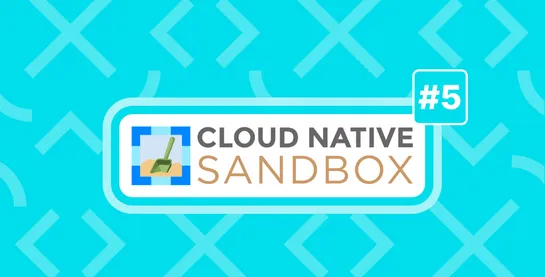New CNCF Sandbox projects in 2025: From Podman to CloudNativePG
Each year, 25-30 new Open Source projects related to the Cloud Native ecosystem are accepted to the CNCF Sandbox. In January 2025, there were 13 additions, with four of them donated by Red Hat. Here's the list of these newly added CNCF projects: - Podman Container Tools (security-focused Docker alte..



















